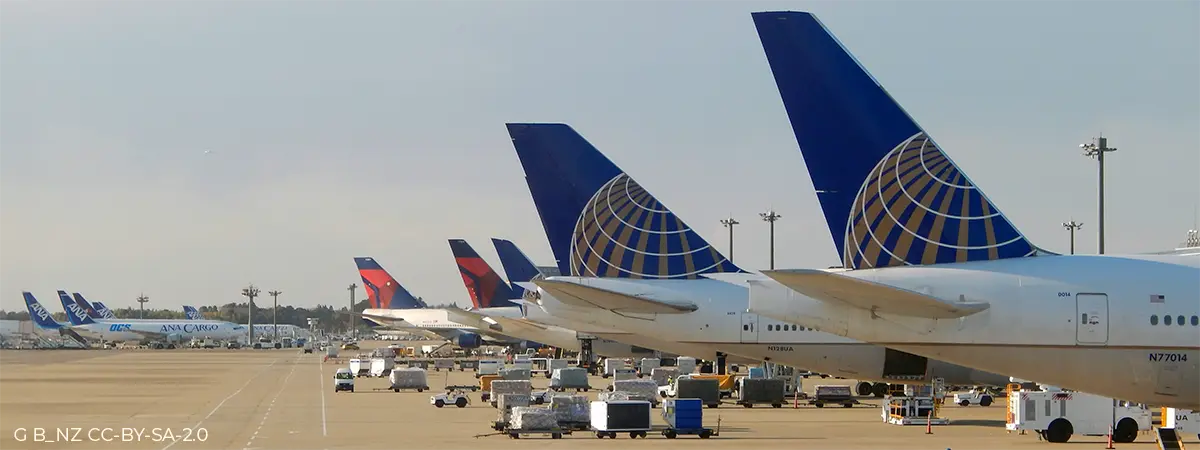I have friends who, occasionally, knowing I work at an important aeronautical company, have asked me what airlines or planes are the most profitable. As one would expect, the answer isn’t as simple or direct as the question itself, but let’s try to provide some insight into this interesting topic.
In terms of aircraft, their profitability and efficiency can be measured from different perspectives, such as the cost per available seat mile (CASM), fuel consumption, cargo capacity, durability and maintenance costs. Airlines may prioritise each of these aspects differently, but in general it is the sum of all these parameters that defines the best aeroplane a particular company will use in each case.
Airlines are permanently struggling to be more competitive, maximise their revenue and maintain high levels of passenger satisfaction, although it is not always possible to achieve every goal.
If what we are trying to define is what the most profitable aeroplane is today, there are undoubtedly two that stand out above the rest: the Airbus A320neo and the Boeing 737 MAX. The two are the best-selling commercial airliners in history, with sales well in excess of 10,000 units each.
The A320neo is the upgraded version of the A320 family, featuring more efficient engines and improved aerodynamics. Its operating costs are very low thanks to reduced fuel consumption and maintenance costs, which makes it very appealing to low-cost companies.
For its part, the Boeing 737 MAX also incorporates efficiency and technology improvements, making it a highly suitable and cost-effective aeroplane for short- and medium-range routes thanks to improved fuel efficiency and lower operating costs.
If the top priority is efficiency, the champions are the Airbus A350 and Boeing 787 Dreamliner. They are both wide bodies and are designed for long-haul routes. They use a significant percentage of advanced composite materials, and they round out their appeal with a high level of comfort for passengers.
In terms of efficiency, the A350 has a very low fuel consumption per seat and offers high operational efficiency, making it ideal for transoceanic routes. In the case of the Dreamliner, its advanced design and efficient engines also make it one of the most efficient long-range aircraft in terms of fuel consumption per seat.
However, it is true that determining the most profitable and efficient aeroplane can vary depending on the airline’s operational strategy, the routes it operates, its fleet, alliances and other specific factors.
In this regard, the operational strategy of airlines is crucial to their success and profitability. This includes decisions about the fleet, routes, pricing, customer experience, and managing costs and efficiency.
An essential aspect is the selection and management of a company’s aircraft fleet. First, they choose aircraft that are consistent with their business model (low cost, full service, regional flights, transoceanic flights, etc.). For example, as explained earlier, the most efficient and profitable planes, such as the Airbus A320neo and Boeing 737 MAX, are usually preferred for short- and medium-range routes, while the Airbus A350 and Boeing 787 Dreamliner offer the best performance and are popular for long-haul flights.
Another essential aspect is fleet uniformity, since having a specific aircraft model translates into lower maintenance and pilot training costs.
Closely related to the above is the fleet acquisition and management model chosen by the company; that it, whether it opts to purchase, lease or rent the aircraft, since each option has an impact on its profitability over different timelines.
Turning now to the operational context, another circumstance that affects the profitability and efficiency of airlines is its route network and schedule. In fact, deciding between operating direct flights or setting up connecting hubs is crucial, since the business models involved are considerably different. Low-cost airlines tend to prefer direct flights, while traditional airlines usually operate through hubs.
This decision is in addition to the determination of flight frequencies on certain routes and their corresponding timetables, which have a direct impact on the type of passenger who chooses that airline. Part of the operating costs incurred by companies for the slots used in each case depend on it.
Prices are always a variable to consider in any business model, and the case of airlines is no exception. Undoubtedly, the strategy that we users are most familiar with is that of market segmentation, which consists of offering different service classes (economy or tourist class, business, first class) to attract different types of customers on the same journey and make the airlines’ services more cost-effective.
This strategy directly impacts the passenger experience, as it allows airlines to offer a personalised range of services, such as in-flight entertainment, meals, space availability, seat comfort, etc. Each service obviously entails a different cost for the airline and a different price for the passenger.
In the case of prices, there are different strategies to follow. Among them, the most appealing for companies is dynamic pricing, which uses revenue management systems that adjust prices in real time based on demand and other factors.
In the relationship between the airline and its customers, i.e., the passengers, loyalty programmes also have an impact on its profit margins by increasing how often certain passengers use its services.
Returning to the most essential aspects of airline profitability, it is important to consider cost and efficiency management, where three elements stand out above the rest:
Fuel, with the implementation of strategies to reduce consumption. Fleet maintenance, which avoids the costs of unforeseen events, delays or even inactivity and indemnifications. And the proper management of labour costs, including training and planning of schedules in accordance with the operability of the routes that are part of the airline’s strategy.
If we go up a level, corporately speaking, it is important for their profitability for airlines to be part of global partnerships, which lets them expand their route networks and offer more options to passengers. If this is not possible, collaborating with other airlines to share codes and offer more connections is a very beneficial practice.
Technology and innovation also play a relevant role in the profitability of airlines. It would currently be inconceivable, for example, for an airline not to use advanced booking management systems, not only because it makes it easier for potential passengers to access its services, but also because of the efficiency it entails for the airline itself. Similarly, the implementation of digital technologies is essential to improve the operational efficiency and customer experience (such as mobile applications for check-in, baggage tracking, personalised passenger information, etc.).
To round out this review, we also need to consider the need to have airlines implement sustainable practices, such as reducing carbon emissions, the use of sustainable fuels and efficient waste management. They may not have a direct bearing on the company’s profitability or efficiency, but their impact on the brand’s prestige is undeniable in today’s business environment.
By combining these strategies, airlines can adapt to a competitive and changing environment, maximise their revenue, and ensure the flying public – their main, but not only, customer – remain satisfied.



